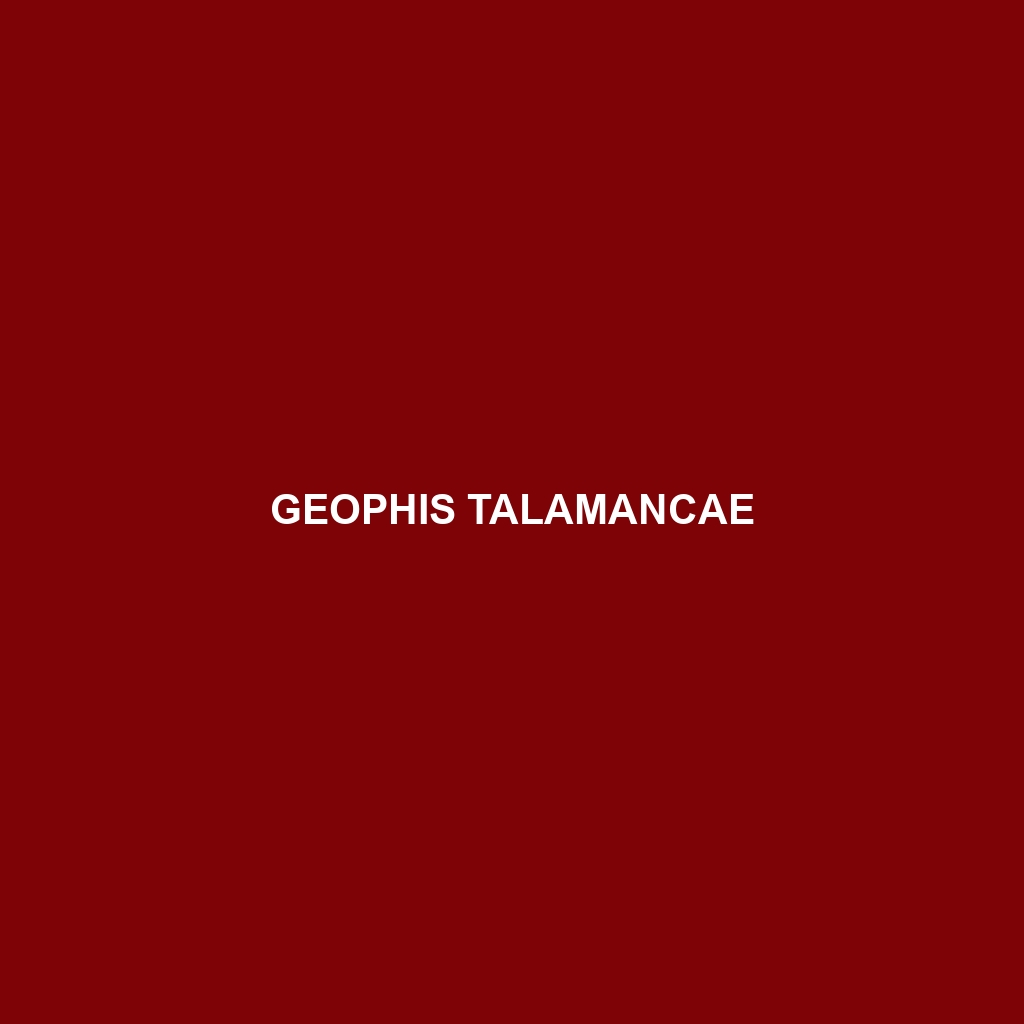<b>Liolaemus casamiquelai</b> is a distinctive lizard found in the temperate regions of the southern Andes in Chile and Argentina, exhibiting striking coloration and a strong, stocky build. This insectivore plays a vital role in its ecosystem, regulating insect populations while adapting to diverse habitats from lush rainforests to arid savannas.
Tag: montane habitat
Gerrhonotus lazcanoi
Discover the Gerrhonotus lazcanoi, a unique, vibrant species found in the humid montane regions of southern Mexico, known for its distinctive earthy coloration and robust size ranging from 30 to 50 cm. This omnivorous lizard plays a crucial role in its ecosystem, controlling insect populations and aiding in seed dispersal while facing vulnerabilities from habitat loss.
Geophis talamancae
Discover the Geophis talamancae, also known as the Talamanca snake, a nocturnal, burrowing species native to the lush rainforests of Central America, characterized by its slender body, striking banded coloration, and vital role in regulating invertebrate populations. This fascinating creature thrives in humid, tropical environments and exhibits unique adaptations that enhance its survival and ecological significance.
Diploderma jiulongense
fascinating Diploderma jiulongense, a vulnerable lizard species from the mountainous subtropical forests of southeastern China, known for its dark brown to olive green coloration, camouflage patterns, and insectivorous diet. With a length of 15 to 25 centimeters, this arboreal creature plays a crucial role in its ecosystem by controlling arthropod populations and serves as an essential indicator of a healthy forest habitat.
Cyrtodactylus bintangtinggi
The Cyrtodactylus bintangtinggi, a vulnerable gecko native to humid tropical forests of Southeast Asia, thrives in montane regions and limestone caves. This nocturnal insectivore exhibits distinct brown to gray patterns, aiding in camouflage, and plays a vital role in its ecosystem by controlling pest populations.</p>
Andinosaura aurea
Species Description: Andinosaura aurea Common Name: Andinosaura aurea Scientific Name: Andinosaura aurea Habitat Andinosaura aurea, commonly known as the golden skink, primarily inhabits the cloud forests and montane regions of South America, particularly in areas such as Colombia, Ecuador, and Peru. This species prefers moist, shaded environments and can often be found on the forest […]
Brachymeles lukbani
Discover the Brachymeles lukbani, also known as the Luzon skink, a unique nocturnal species native to the lush forests of the Philippines. This small, elongated lizard features smooth scales, a mottled coloration for camouflage, and plays a vital role in its ecosystem by controlling insect populations and contributing to soil health.
Atractus resplendens
Discover the stunning Atractus resplendens, a vibrant snake native to the humid forests of Colombia, known for its striking dark brown and yellow coloration. With a diet primarily consisting of small invertebrates, this nocturnal species plays a vital role in its ecosystem, controlling insect populations and serving as prey for larger predators.
Simmons’s Big-eared Bat
Discover the intriguing world of the Schmidts' Big-eared Bat, a vulnerable species native to the western United States. Known for its distinctive large ears and unique foraging behaviors, this nocturnal mammal plays a vital role in maintaining ecosystem balance through its insect-eating habits. Learn about its habitat, reproduction, and the conservation efforts aimed at protecting this fascinating creature.
De Winton’s Brown-toothed Shrew
Discover the elusive De Winton's Brown-toothed Shrew (*Sorex durranti*), a small but essential inhabitant of the Pacific Northwest's moist ecosystems. With its distinctive brown-tinted teeth and remarkable foraging abilities, this nocturnal creature plays a crucial role in controlling insect populations while facing threats from habitat loss. Learn more about its unique behaviors, diet, and conservation challenges in our latest blog post.









